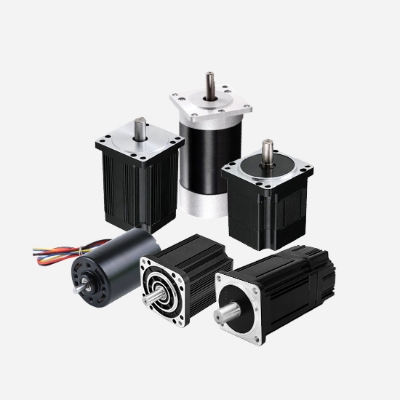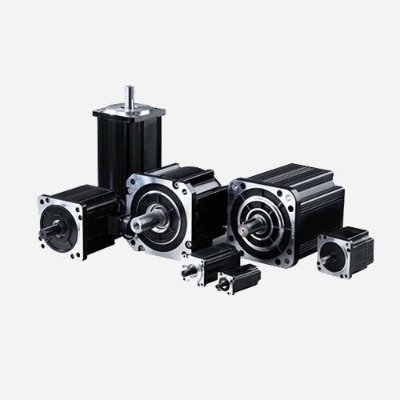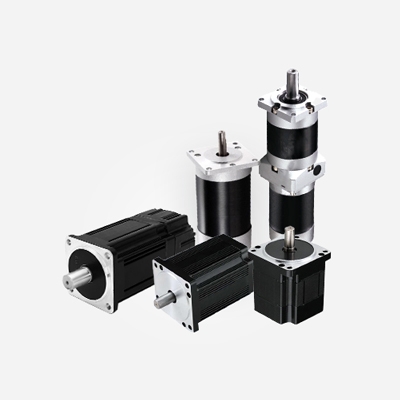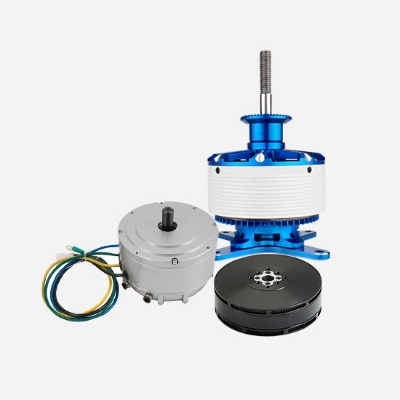A brushless DC motor controller is an electronic device used to control a brushless DC motor. It is mainly responsible for receiving input signals from a control signal source and driving the brushless motor by controlling current and voltage. However, due to long-term operation and the influence of various external factors, brushless DC motor controllers often fail. The following are some common faults and their corresponding troubleshooting methods of ESC listed by Brushless:
Common Problems of Electronic Speed Controller
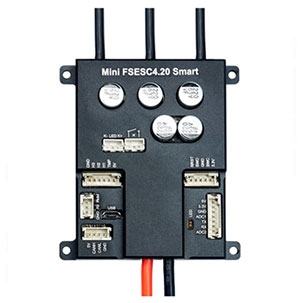
- Power failure:
The controller cannot work properly or cannot provide enough voltage and current to the brushless motor. Troubleshooting methods include checking whether the power input voltage is normal, replacing the power supply or repairing the power failure. - Control signal failure:
The brushless dc motor cannot operate as expected or receives an incorrect control signal. Troubleshooting methods include checking whether the connection between the control signal source and the controller is good, and checking whether the control signal source is set correctly, such as voltage and frequency. - Overload protection:
When the brushless motor is overloaded, the ESC will automatically stop working to avoid overheating. Troubleshooting methods include checking whether the load is reasonable, such as reducing the load or using a higher-power controller. - Difficulty in starting the motor:
The brushless motor cannot start or starts slowly. Troubleshooting methods include checking whether the motor is damaged or stuck, and checking whether the controller's startup settings are correct. - Due to long-term operation, high ambient temperature or fan failure:
Troubleshooting methods include checking whether the fan is running normally and improving the heat dissipation effect, such as adding heat sinks or using external heat dissipation devices. - Abnormal current:
The current of the brushless motor exceeds the rated value. Troubleshooting methods include checking whether the current sensor is working properly and whether the motor is short-circuited or open-circuited.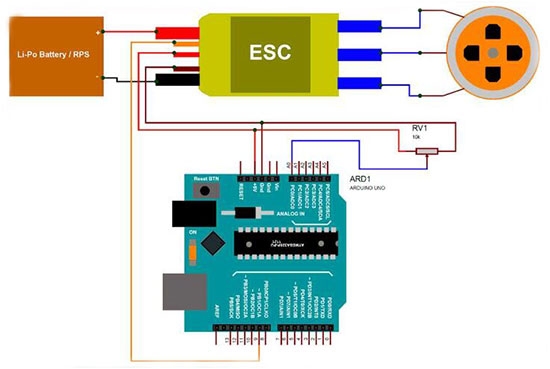
- Communication error:
The controller may not be able to communicate properly with other devices, such as being unable to receive or send signals. Troubleshooting methods include checking whether the communication line, the connection between the signal source and the controller is good, and checking whether the communication protocol and parameter settings are correct.
Maintenance Methods of Electronic Speed Controller
- Clean the controller appearance regularly. Since the controller is usually installed in an industrial environment, dust, oil or other debris may accumulate on its exterior. Regularly cleaning the exterior of the controller can prevent these substances from entering the interior and affecting the normal operation of the controller.
- Pay attention to ambient temperature and humidity. The temperature and humidity of the controller's working environment should meet the equipment specifications. Too high or too low a temperature may cause the controller to malfunction. At the same time, it should be noted that excessive humidity may cause circuit corrosion or electrical short circuits. Therefore, maintaining a suitable working environment is very important for the long-term stable operation of the controller.
- Regular calibration and maintenance. According to the equipment specifications and usage requirements, the controller should be calibrated and maintained regularly. Calibration can ensure the measurement accuracy and output accuracy of the controller. At the same time, regular maintenance can check and replace aging electronic components to extend the service life of the controller.
- Update software and firmware in a timely manner. Software and firmware updates for the controller may include revisions that fix vulnerabilities, add new features, and improve performance. Regularly checking for update information and updating the controller in a timely manner can improve the stability and security of the controller.
Troubleshooting and maintenance of controllers requires comprehensive knowledge of electrical, electronic, and automation. This article introduces common troubleshooting methods, including checking the power supply, signal input and output, and temperature. In addition, maintaining the cleanliness of the controller's appearance, paying attention to the ambient temperature and humidity, regular calibration and maintenance, and timely updating of software and firmware are also important measures to keep the controller running properly. Mastering these methods and maintenance points can reduce the occurrence of controller failures and improve the reliability and stability of the equipment.

